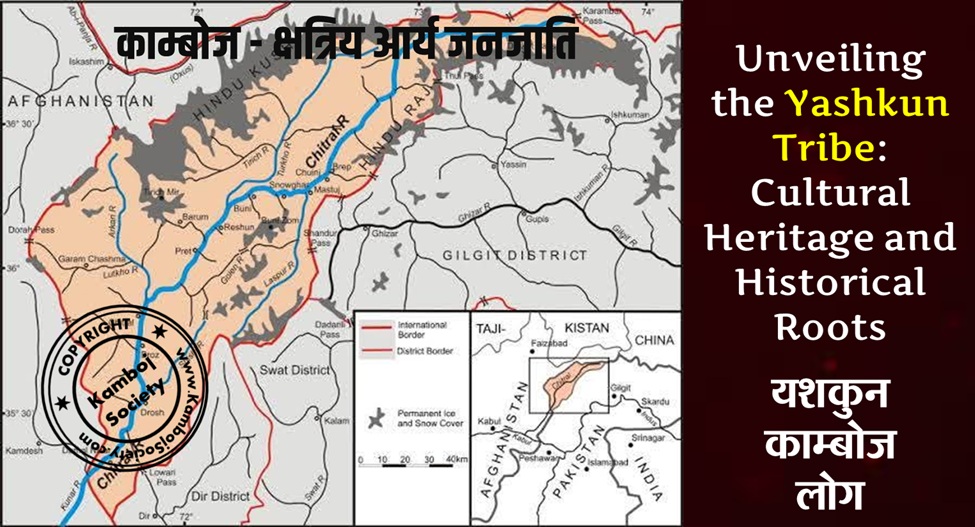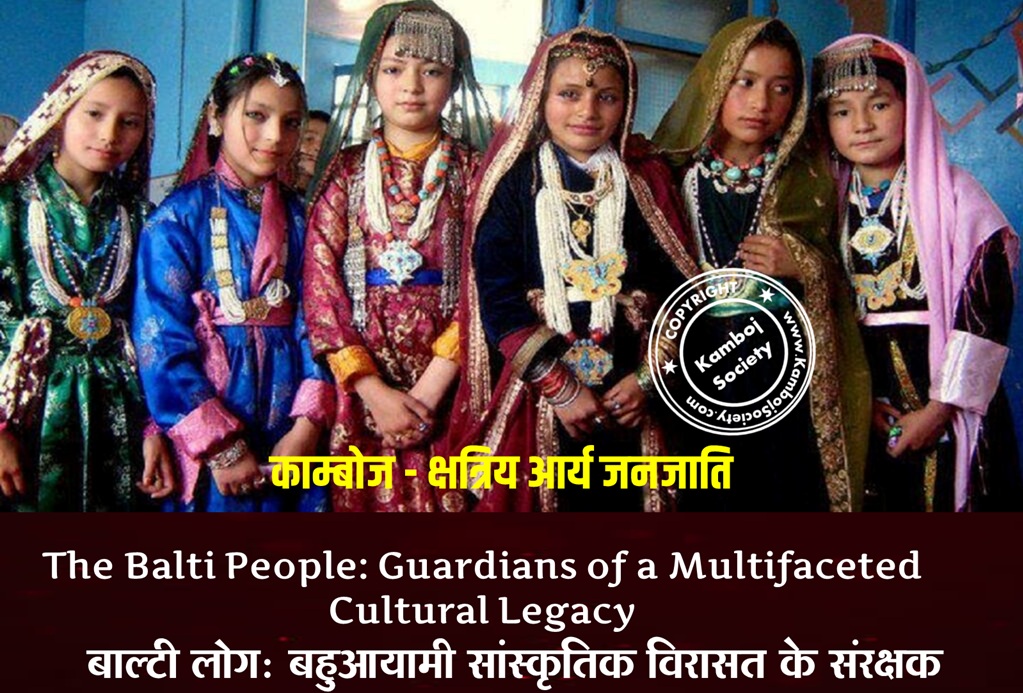Kamboja Gaudapatis a dynasty of rulers known to have ruled parts of western and northern Bengal sometime towards the end of the 10th century AD, before the accession of the Pala king Mahipala I (c 995-1043 AD) or during the early part of his reign. The most important information provided by Mahipala’s copperplates was that he recovered his paternal kingdom (rajyampitryam) from the people having no claim to it. This achievement is usually taken to be his success in recovering parts of his empire from the occupation of the Kamboja Gaudapatis.
During the rule of Gopala II (c.952-969 AD) and Vigrahapala II (c.969-995 AD), the two predecessors of Mahipala I, the Pala Empire had to face repeated invasions from the Chandellas and the Kalachuris, the new powers that arose in northern India out of the ruins of the Pratihara Empire. The Chandella and Pratihara records mention the component parts of Bengal separately as anga, radha, gauda and vangala, and this may be taken to indicate the existence of different independent principalities within the limits of Bengal. By this time the chandras had become a recognisable force in south-eastern Bengal, quite independent of the Palas. Within the Pala kingdom itself the Kamboja Gaudapatis curved out for themselves an independent principality in parts of western and northern Bengal. The Pala rule, for some time before Mahipala I was confined to Anga and Magadh.
Two inscriptions, the Dinajpur Pillar inscription (now in the Bangladesh National Museum) and the Irda copperplate, bear testimony to the rule of the Kamboja Gaudapatis. The first inscription records the construction of a Siva temple by a king of Gauda belonging to the Kamboja family (Kambojanvayajena Gaudapatina). The Irda plate was issued by a king named Nayapala belonging to the family of Rajyapala, the Kamboja-vamsa-tilaka, to grant lands in the Dandabhukti mandala within the Vardhamanabhukti. The plate introduces us to three kings of the Kamboja family: Rajyapala and his two sons, Narayanapala and Nayapala, who became kings one after another, and they ruled over the southern portion of West Bengal. Their capital, Priyangu, from where the Irda plate was issued has not yet been identified.
Some confusion has been created about the identity of Rajyapala of the Pala dynasty with Rajyapala of the Irda plate, since the names of their queens are also Bhagyadevi. But Rajyapala of the Irda plate is clearly mentioned as Kamboja-vamsa-tilaka and also the names of his sons were Narayanapala and Nayapala, who ruled one after another. Whereas the sons of the Pala king Rajyapala were Gopala and Vigrahapala. So though the inscriptions of the two kings can be placed in the same period on palaeographic grounds, the identity of the two kings are not proved beyond doubt. Rather they have been taken to be separate persons; one belonging to the Pala dynasty and the other belonging to a family bearing the family name of Pala but with the differentiating phrases as Kambojanvayaja and Kambojavamsatilaka. Moreover there are serious discrepancies in the genealogy which can be gathered from the available records.
Dharmapala, the ruler of Dandabhukti region (southern part of West Bengal bordering Orissa), who was expelled from his territories by the conquering army of Rajendra Chola, as evidenced by the Tirumulai inscription (1021-24 AD) has been taken to have belonged to the same line of the Kanboja Gaudapatis. Irda plate clearly mentions Dandabhukti under the rule of Kamboja Nayapala.
In the Pascimabhag copperplate of Srichandra it is referred that after having captured Samatata the wonderful news of the Kambojas evoked astonishment to the people coming to Devaparvata (Yatragantu-janasya vismayarasah Kambojavarttadbhutaih). This mention in the Chandra plate clearly establishes the rise of the Kambojas within the Pala empire and this, of course, would be a news of astonishment in Samatata.
One question remains to be explained: who were these Kambojas any way? Some scholars have taken Kambojadesa to be in Tibet. Others have taken them belonging to the well-known tribe living in the Hindukush Mountains. The Tibetan chronicle Pag Sam Jon Zang informs us of Kambojadesa in the Lushai Hill tracts between Bengal and Burma and it is not unlikely that the Kambojas might have come to Bengal from this region. It has also been suggested that the Kambojas from north-western Frontiers came to Bengal in the train of the Pratihara or Chandella invasions to Bengal. [AM Chowdhury]
Source: https://www.banglapedia.org/HT/K_0073.htm










